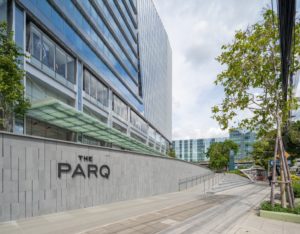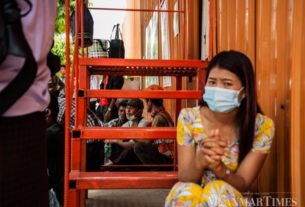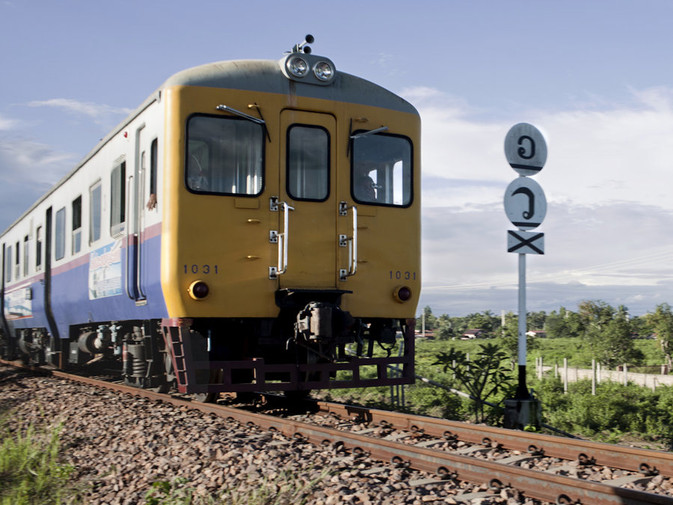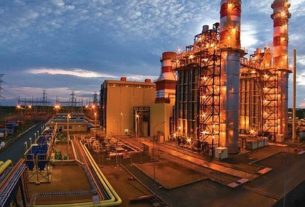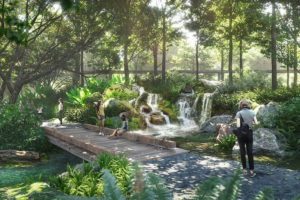
Developers crucial in sustainability effort
Efforts aim for development in Bangkok’s Silom and Ratchaprasong to become more responsible
Real estate developers play an important role in green and sustainable development, with major players stepping up to invest in the concept.
Chai Srivikorn, president of the Ratchaprasong Square Trade Association, said the Ratchaprasong area, which covers one square kilometre, which has nine members of the association from the retail, hospitality and commercial property sectors in the area, will become a sustainable district.
“The key question is sustainability,” he said. “Building is one thing, but maintenance is a big issue. To be sustainable, there must be someone who is responsible. You must have members willing to share their knowledge and learn together.”
Over the past 20 years, members of the association who are the landlords of 23 buildings in the area built a link providing connectivity in the form of the 1.15-kilometre BTS skywalk at the Ratchaprasong intersection to connect 18 buildings in the locality through an investment of 715 million baht.
The association is working in tandem with the Bangkok Metropolitan Administration (BMA) to develop the next phase — Ratchadamri Corridor — which is on Ratchadamri Road in front of Gaysorn Village, Gaysorn Tower and CentralWorld.
Ornruedi Na-Ranong, founder and chief executive of property developer Nye Estate Co, said the We Love Silom Association is copying the Ratchaprasong district model in its development of a liveable street on Silom Road, which will reach up to 2.5km in length. Mrs Ornruedi is also president of the association.
“Founder members formed the group in 2018 and worked with the BMA to launch pilot awareness activities in 2019. We set up the We Love Silom Association last year with cooperation from other business sectors to start the Silom communities development plan,” she said.
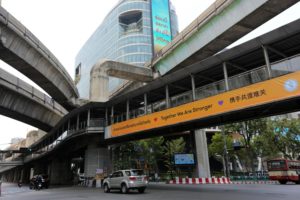
The association’s members comprise landlords of office and mixed-use towers, banks, insurance firms, securities companies and hospitals, with the aim of improving the landscape and surroundings in the Silom area to be easy, comfortable, safe and liveable, using designs produced by the landscape architecture firm Shma Co.
The partnership comprises 23 board members who are representatives from both private and public sectors with 11 members from the association, and one each from the BTS Skytrain and Bangkok Mass Transit Authority (BMTA).
There are also representatives from various government agencies including Public Works and Town & Country Planning Department, the Civil Department, the Drainage Department, the Traffic & Transport Department, the district office and the BMA.
“Silom now has a green public space quantity of only 2.25 square metres per person, lower than the capital average of 6.9 sq m. The target is 10 sq m which is very challenging to achieve,” said Mrs Ornruedi.
Accessibility to green public space in Silom stands at just 13% while the target is 60%.
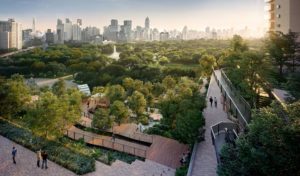
“Silom Road has limited public space with an average pedestrian pavement width of only 2.5 metres,” she said. “Under the new design, we will encourage new buildings to open their own space for public use.”
For instance, Park Silom — a new building developed through a joint venture between Nye Estate and Minor Group and scheduled for completion next year — will open an area 40m from the building to the property line for use as an open space.
Mrs Ornruedi said the association will encourage older buildings to open six to eight metres under privately owned public space guidelines.
“Government should give incentives like property tax or more floor area ratio to private property owners that dedicate their spaces for public use and green area,” she said.
Worawat Srisa-an, Deputy Chief Executive Officer, Development, Frasers Property Holding Thailand, said privately owned public space or landlords providing open space for public use is good for everyone.
“Open space is good for the environment as it can counter higher temperatures and floods and improve air quality. It is good for health as access to quality open spaces can help people and communities prevent chronic illnesses and promote health,” he said.
Open space also allows outdoor ac- tivities and social interactions among different groups.
Urban development in Bangkok has limited right of way for pedestrians with only 7% of coverage area, compared with 20% in Tokyo, 25% in Paris, 27% in Barcelona, 28% in New York and 47% in Portland, Oregon. The recommended minimum coverage area is 20-25%.
Mr Worawat said right of way is important as it helps facilitate a massive flow of people, increasing walkability as it reduces vehicle use and decreases the burden on public transportation.
Right of way also promotes public health, encourages physical movement and allows contact-free travel in an open environment.
Frasers owns five projects that offer setbacks and open space with usable public space, green area and walkability comprising Park Ventures Ecoplex, FYI Center, Samyan Mitrtown, the Parq and One Bangkok.
“Government should re-examine parking requirements from requiring a minimum of car parking lots to having a maximum of car parking lots to control the number of cars used in the city,” he said. “This can turn parking footprint into open spaces.”
Source: https://www.bangkokpost.com/business/2159063/developers-crucial-in-sustainability-effort


